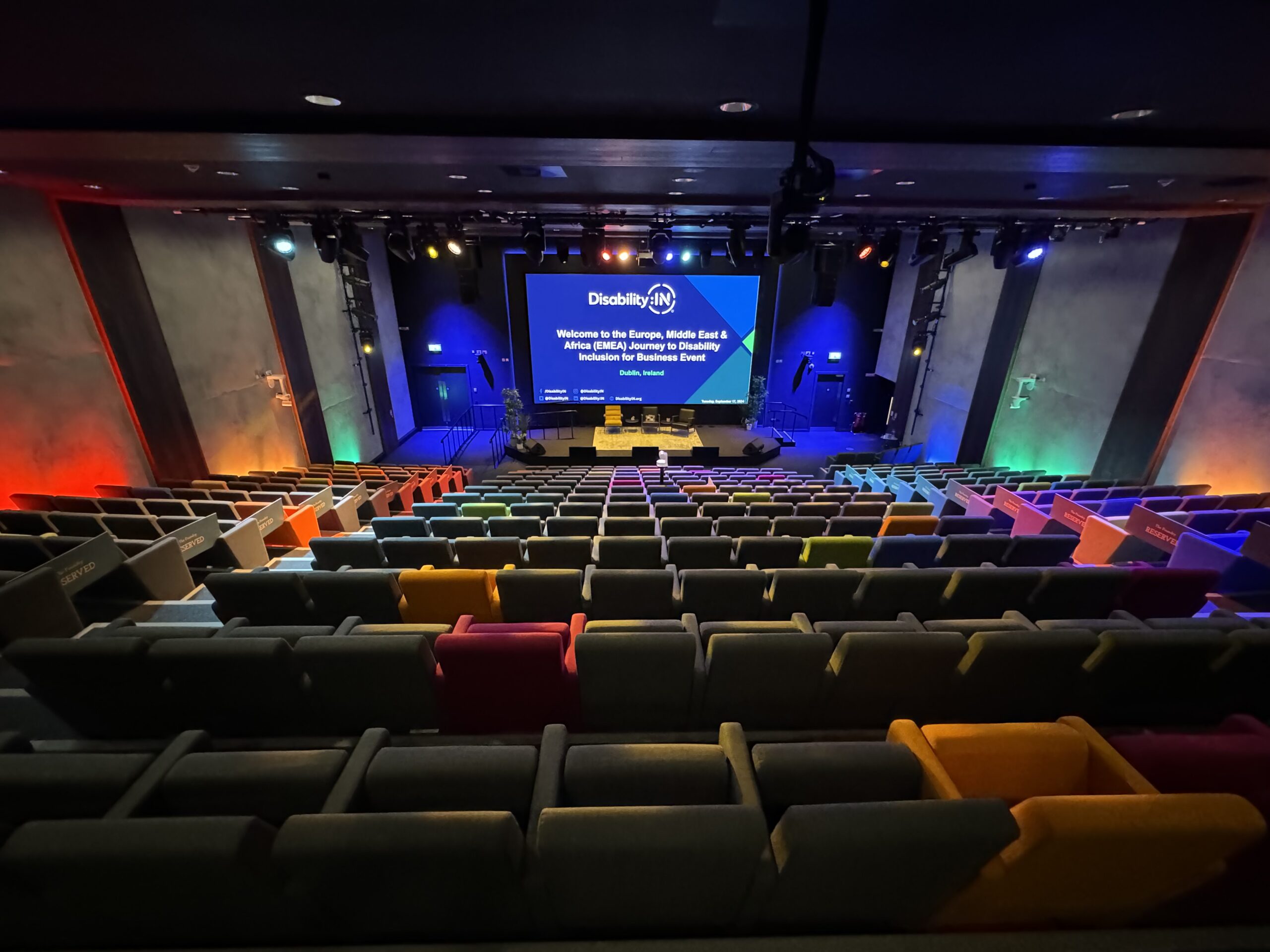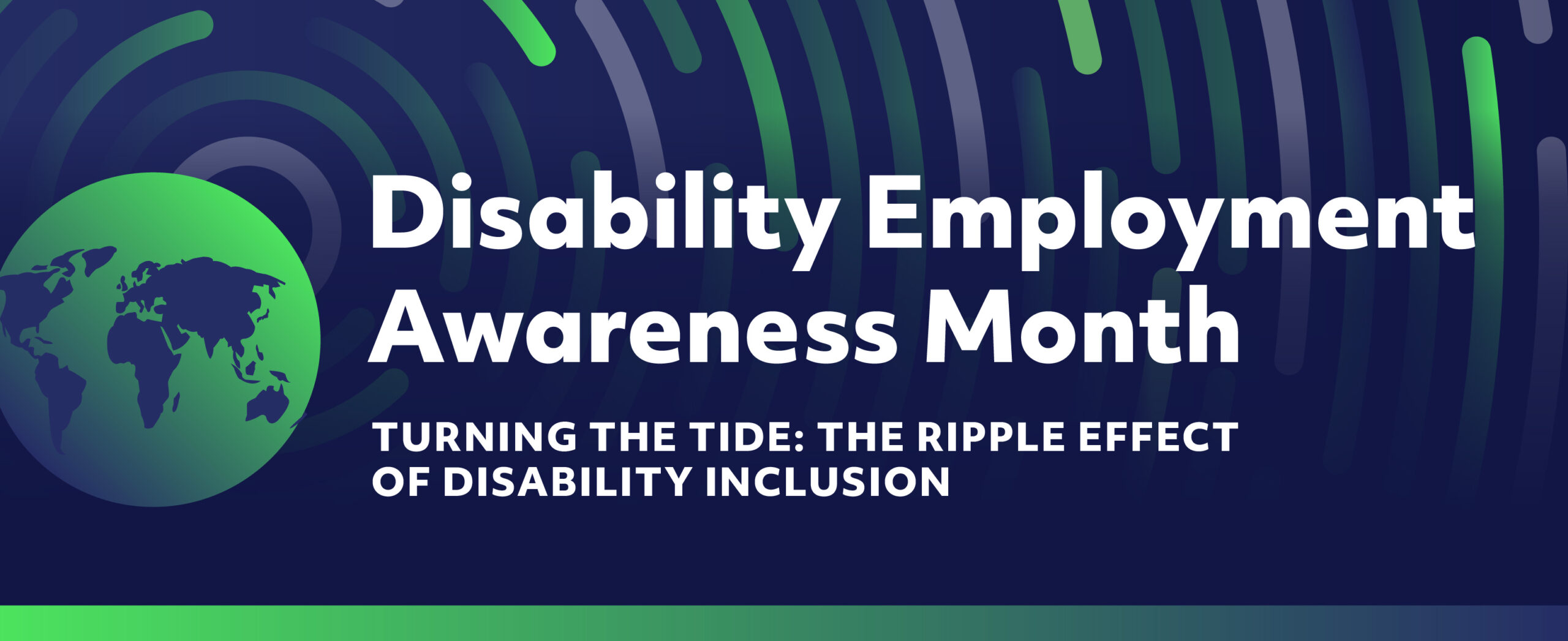In a much-anticipated order the United States Supreme Court announced, on October 7, 2019, that it would not hear the Domino’s Pizza web and mobile accessibility case. This means that the opinion of the Ninth Circuit Court of Appeals remains good law. That opinion held that a blind Domino’s customer could bring claims under the Americans with Disabilities Act about accessibility barriers on the company’s website and in its mobile application.
What Does the Supreme Court Announcement Mean?
The Domino’s case has a long history. The case was filed three years ago by a blind customer who stated he could not access the Domino’s website and mobile application. The case was filed under the Americans with Disabilities Act and Domino’s successfully convinced the federal district court in Southern California to throw the case out of court.
Domino’s had argued that a blind person cannot sue under the ADA for web or mobile accessibility claims because the Department of Justice had not issued specific regulations about how to make a website accessible. The Plaintiff in the case appealed, and in January of 2019 the Ninth Circuit Court of Appeals reversed the lower court and said the case could stay in court.
The Ninth Circuit held that Title III of the ADA covers both mobile applications and websites with a connection to a physical place of public accommodation. (The court did not say that websites not connected were not covered by the ADA, it just did not decide that issue.)
The Ninth Circuit rejected the idea that it wasn’t fair to have a web accessibility lawsuit because there was no specific regulations. The Opinion held that “at least since 1996, Domino’s has been on notice that its online offerings must effectively communicate with its disabled customers and facilitate “full and equal enjoyment” of Domino’s goods and services.” In the digital age, effective communication means accessibility.
After the Ninth Circuit Opinion in favor of ADA coverage, Domino’s tried to get the United States Supreme Court to reverse that Opinion. Today, the Court declined to do so.
The case of Domino’s Pizza, LLC v. Robles, Guiollermo, Case number 18-1539 is on the Supreme Court’s October 7, 2019 list of cases under the title “Certiorari Denied.”
Cert Denied, as it is referred to by lawyers, means the Court will not even consider the case. There is no ruling one way or the other, we just know the court will not rule in the Domino’s case about website or mobile accessibility lawsuits under the ADA.
This means that the Ninth Circuit’s opinion in favor of ADA coverage of websites and mobile apps remains good law. Domino’s could have made its website accessible after that ruling and settled the case, but instead chose to keep fighting.
What’s Next for the Domino’s Case?
Despite the importance of today’s United States Supreme Court announcement, the Domino’s case is not over. The Ninth Circuit opinion said the case could stay in court; that a disabled person could pursue a claim under the Americans with Disabilities Act for web and mobile accessibility. The U.S. Supreme Court today let that opinion stand.
But the blind plaintiff in the Domino’s has not won yet. Now that it is decided the case can stay in court, it goes back to the Federal District Court in California for further proceedings.
One of two things can happen: the parties can keep fighting, or the parties can settle. Domino’s could have saved hundreds of thousands of dollars by removing barriers on its website and settling the case. Company costs have only gone up in choosing to fight. Stay tuned for what happens next!
Further Resources about the Domino’s Case
- List of Supreme Court October 7, 2019 Orders that includes denying cert in Domino’s
- Full 25 page Ninth Circuit opinion (PDF) here.
- Lainey Feingold’s January, 2019 post about Ninth Circuit opinion in the Domino’s case
- Seyfarth Shaw post about the US Supreme Court’s Domino’s Pizza announcement
- Lainey Feingold’s post about the US Supreme Court’s Domino’s Pizza announcement



